

#CONNECTED
Infrastructure & Transport |
Air, Sea & Land Traffic Hub |
Gateway to Chinese Mainland |
Caring for Global Citizens


Infrastructure & Transport |
Air, Sea & Land Traffic Hub |
Gateway to Chinese Mainland |
Caring for Global Citizens
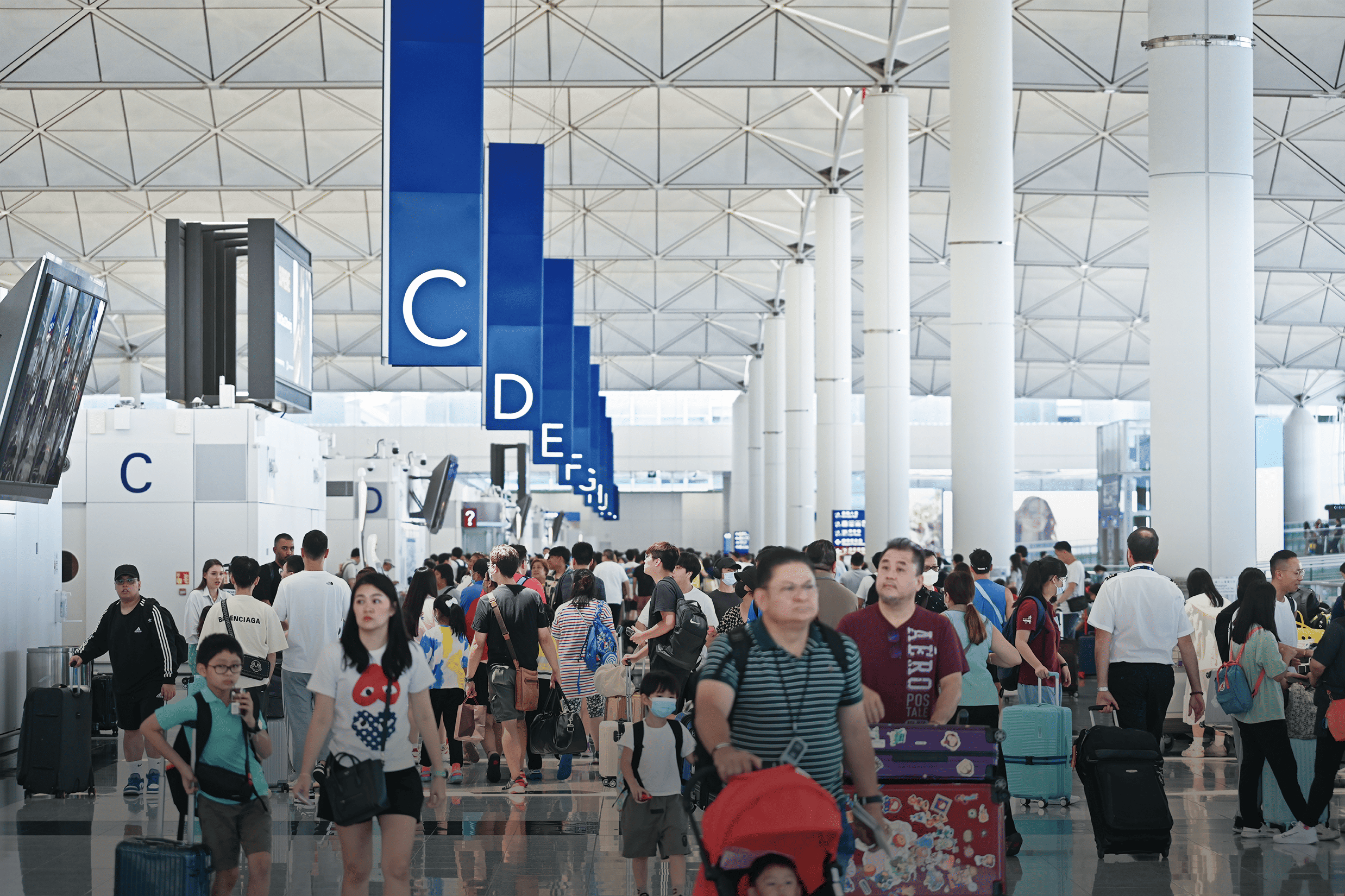
Strategically located in the Asia-Pacific region, Hong Kong is well-connected to the rest of the world. Within a four-hour flight from Asia's key markets and a five-hour flight from half the world's population, the city is an international centre for finance, trade, shipping and aviation.
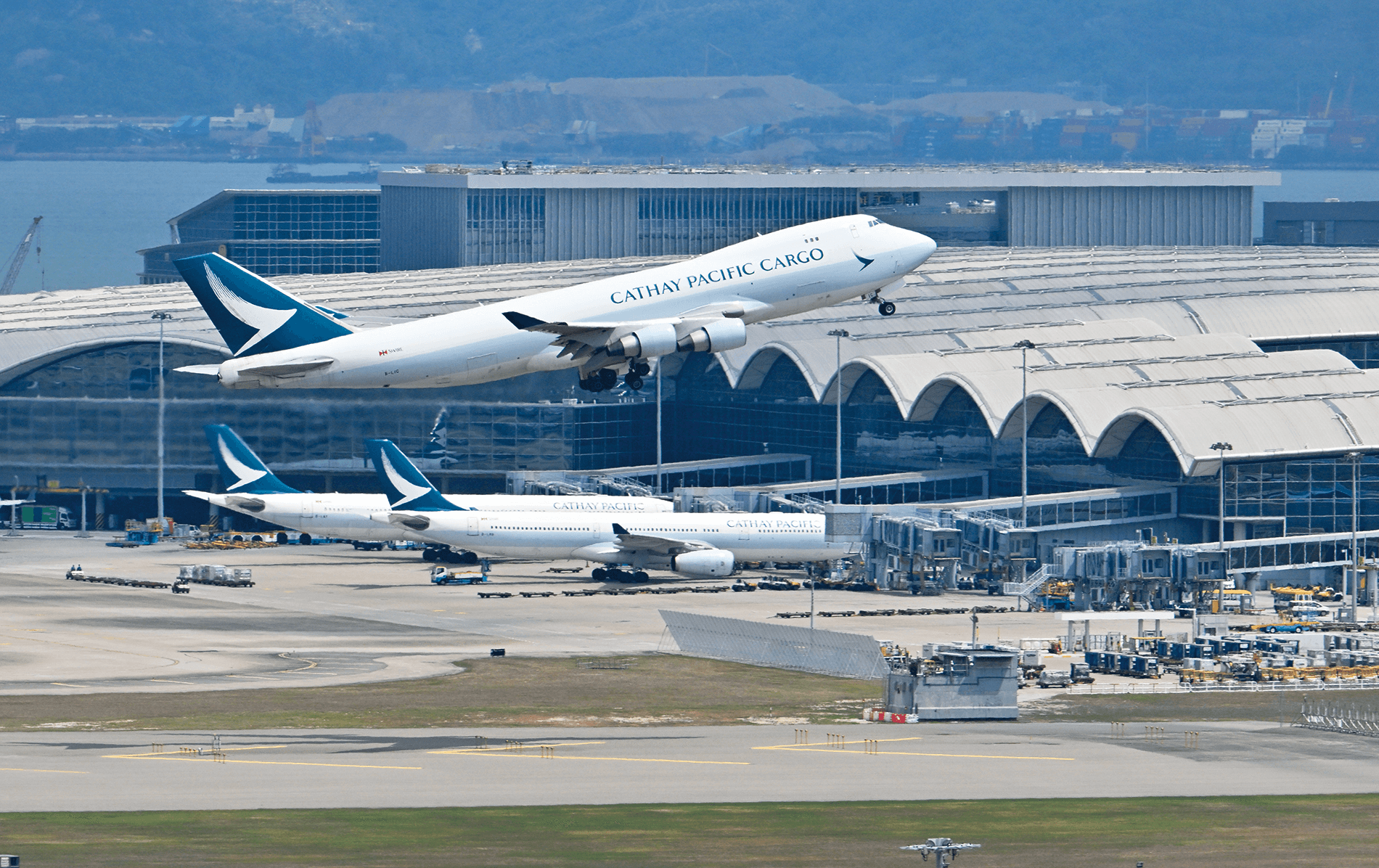
The Three-Runway System at the Hong Kong International Airport commenced operation in November 2024, which will raise HKIA's passenger and cargo handling capacities significantly. The development, together with development projects on the Airport Island, the Hong Kong Port Island of the Hong Kong-Zhuhai-Macao Bridge and the adjacent waterbodies, will transform HKIA into a world-leading Airport City.

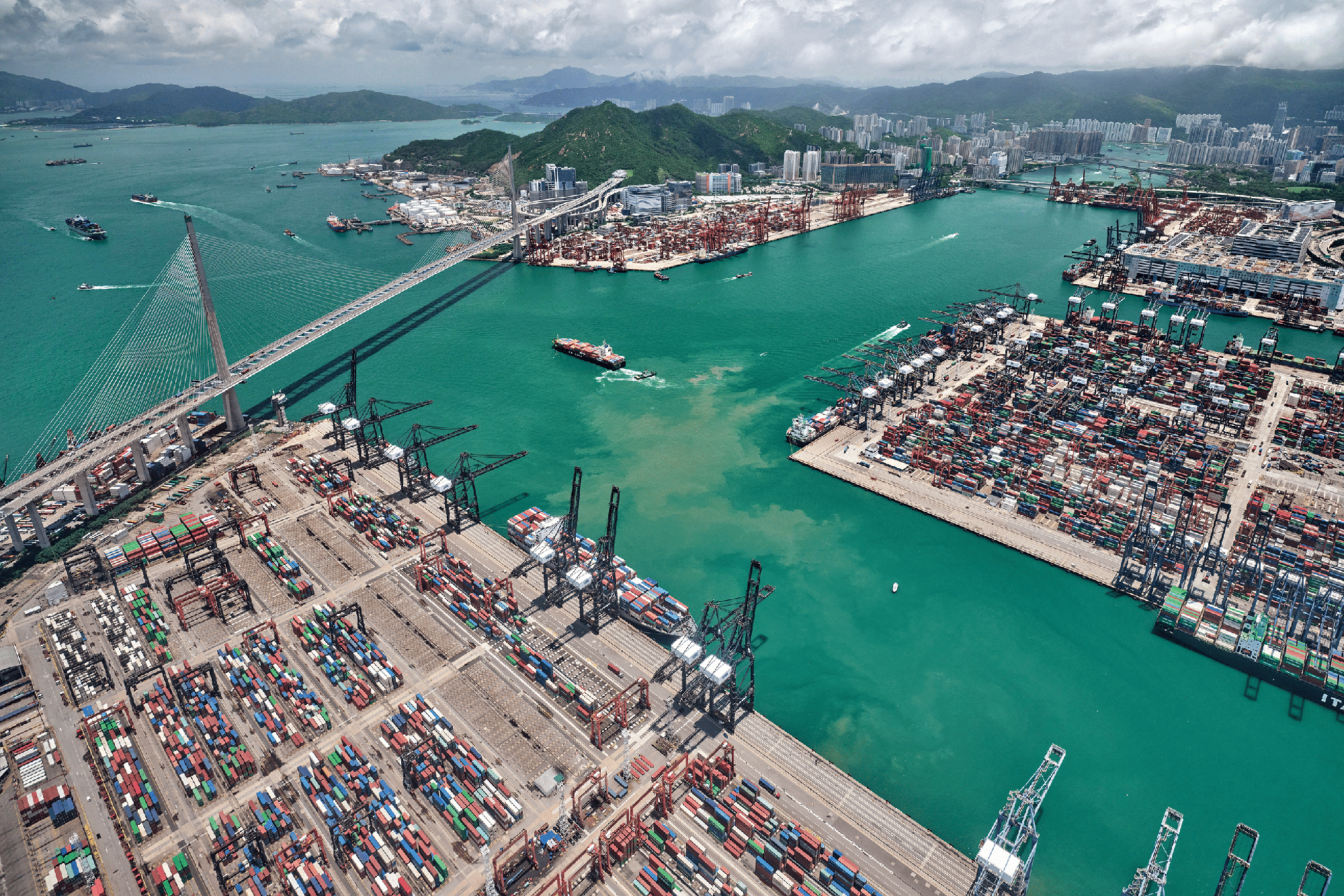
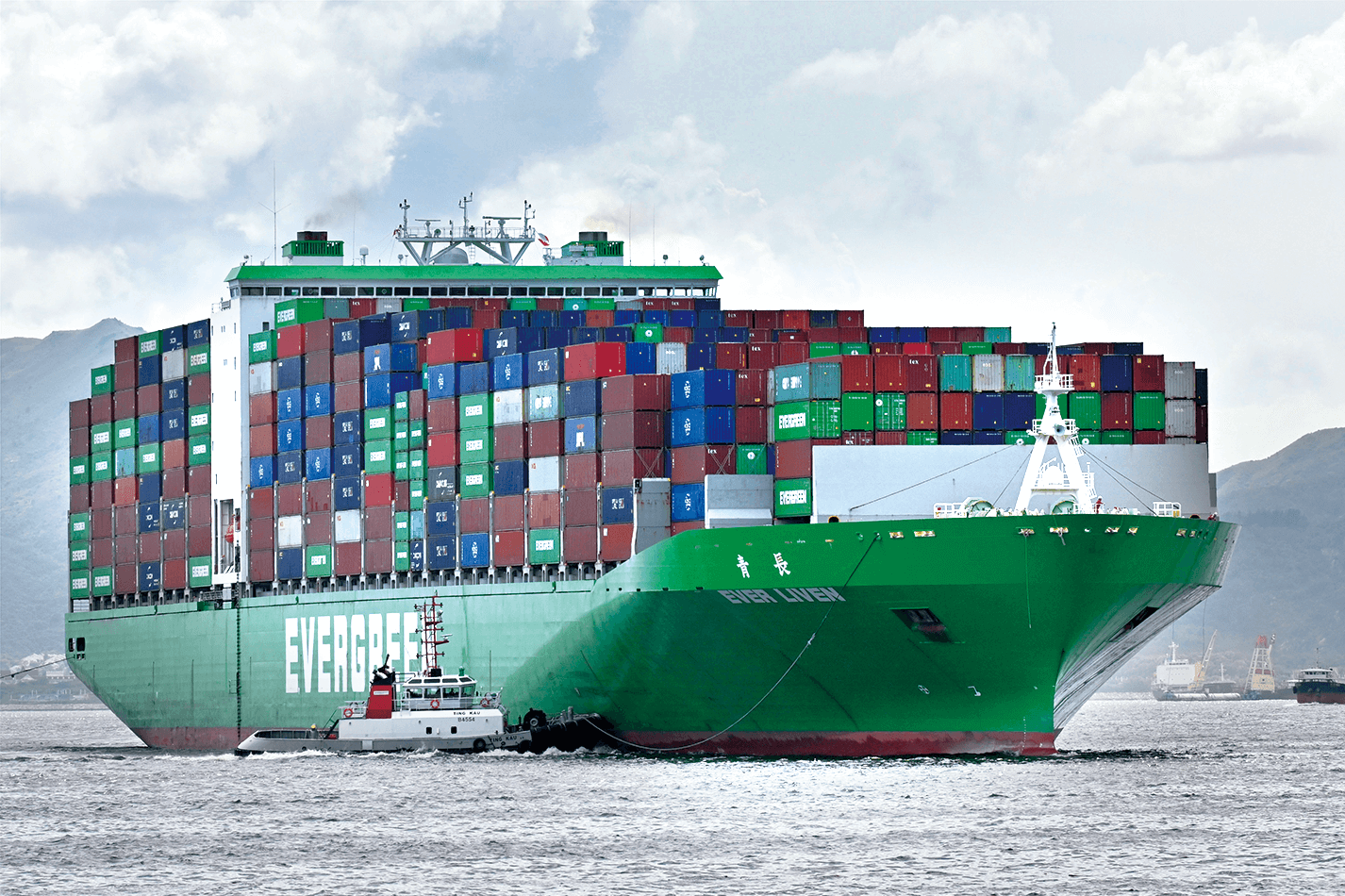
One of the world's busiest and most efficient container ports.
Hong Kong Shipping Register ranks No.4 in the world in terms of gross tonnage.
Ranked No.4 globally in Xinhua-Baltic International Shipping Centre Development Index for 5 consecutive years from 2020 to 2024.
Over 300 international container liner services per week connecting to nearly 500 destinations worldwide (2023).
Marine cargo movements with some 100 countries under the Belt and Road Initiative.
Over 14.4 million TEUs handled in 2023.

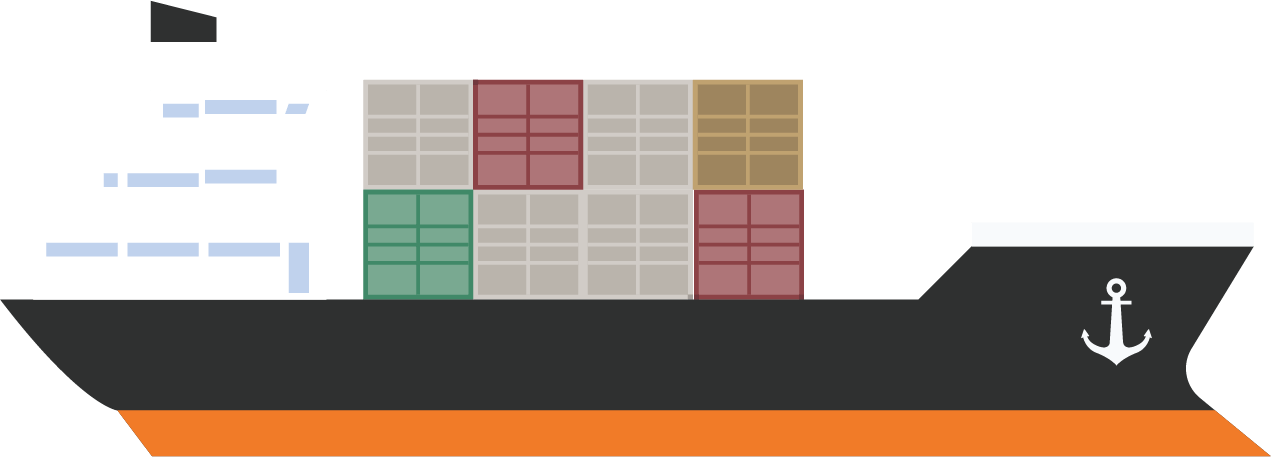
Hong Kong's prime location at the estuary of the Pearl River Delta makes it the natural gateway to Chinese Mainland. The city's connections extend beyond infrastructure to language, culture and information. Hong Kong is an ideal gateway for companies seeking to access Chinese Mainland markets and for Mainland companies reaching out to the world.

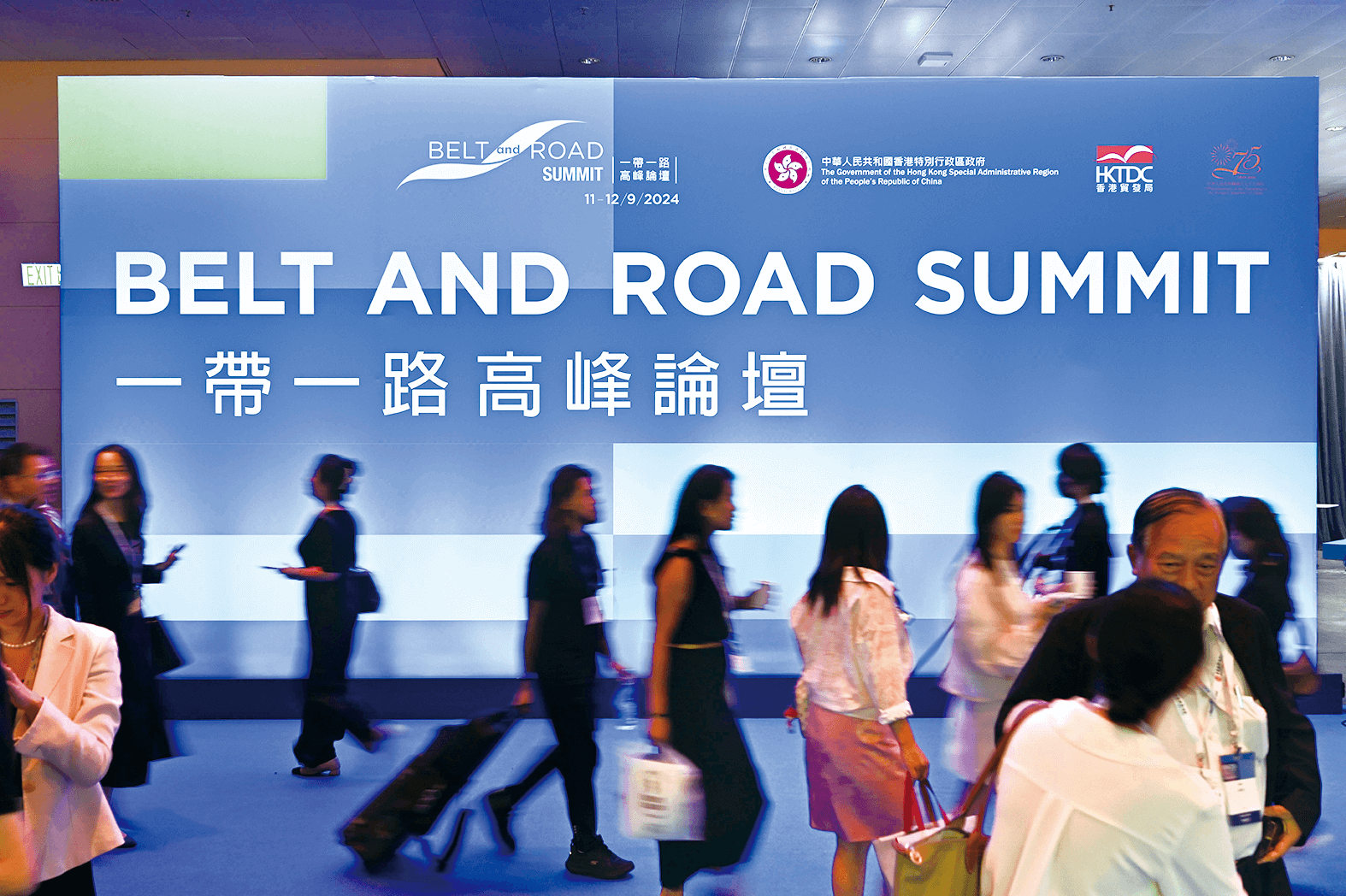
The B&RI promotes co-operation in multiple fields among more than 150 countries and regions by orienting towards "hard connectivity" in infrastructure, bolstering "soft connectivity" through harmonised rules and standards, and strengthening people-to-people bonds.
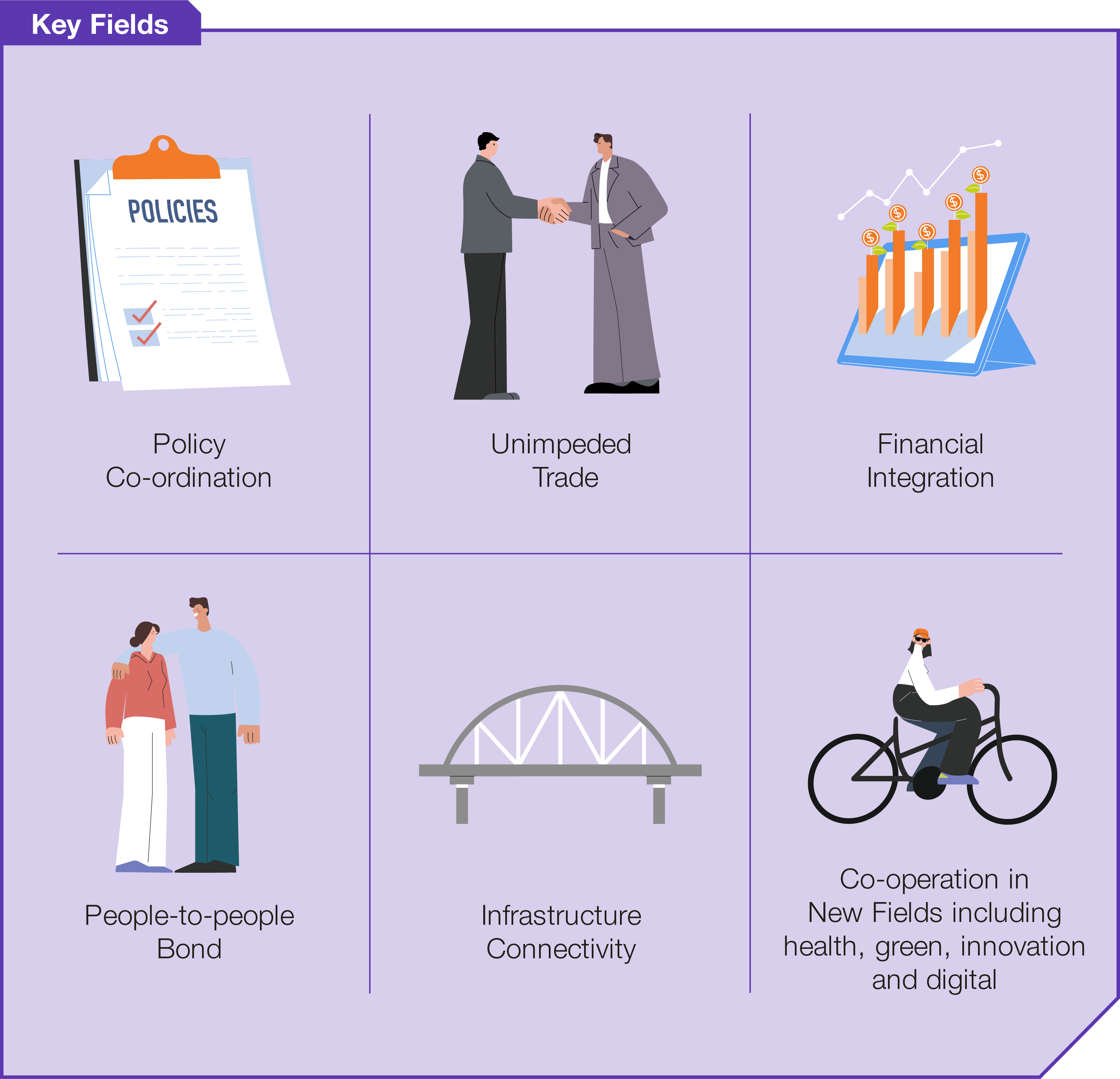
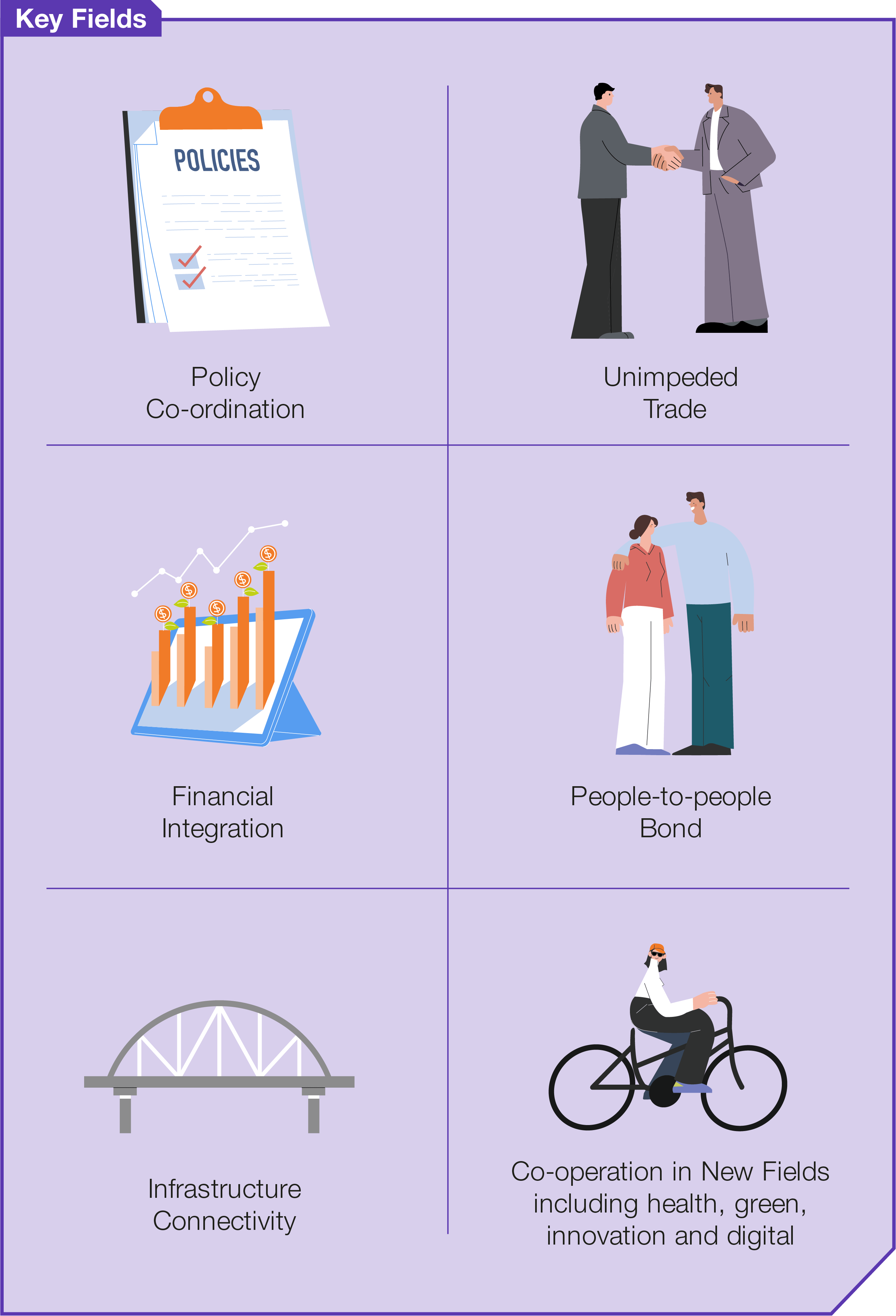
Hong Kong plays a unique role as the functional platform and a key link for the B&R, leveraging our distinct advantages to provide two-way connections to the Mainland and B&R regions, including international project financing, professional services support, economic and trade co-operation, and cultural exchange.

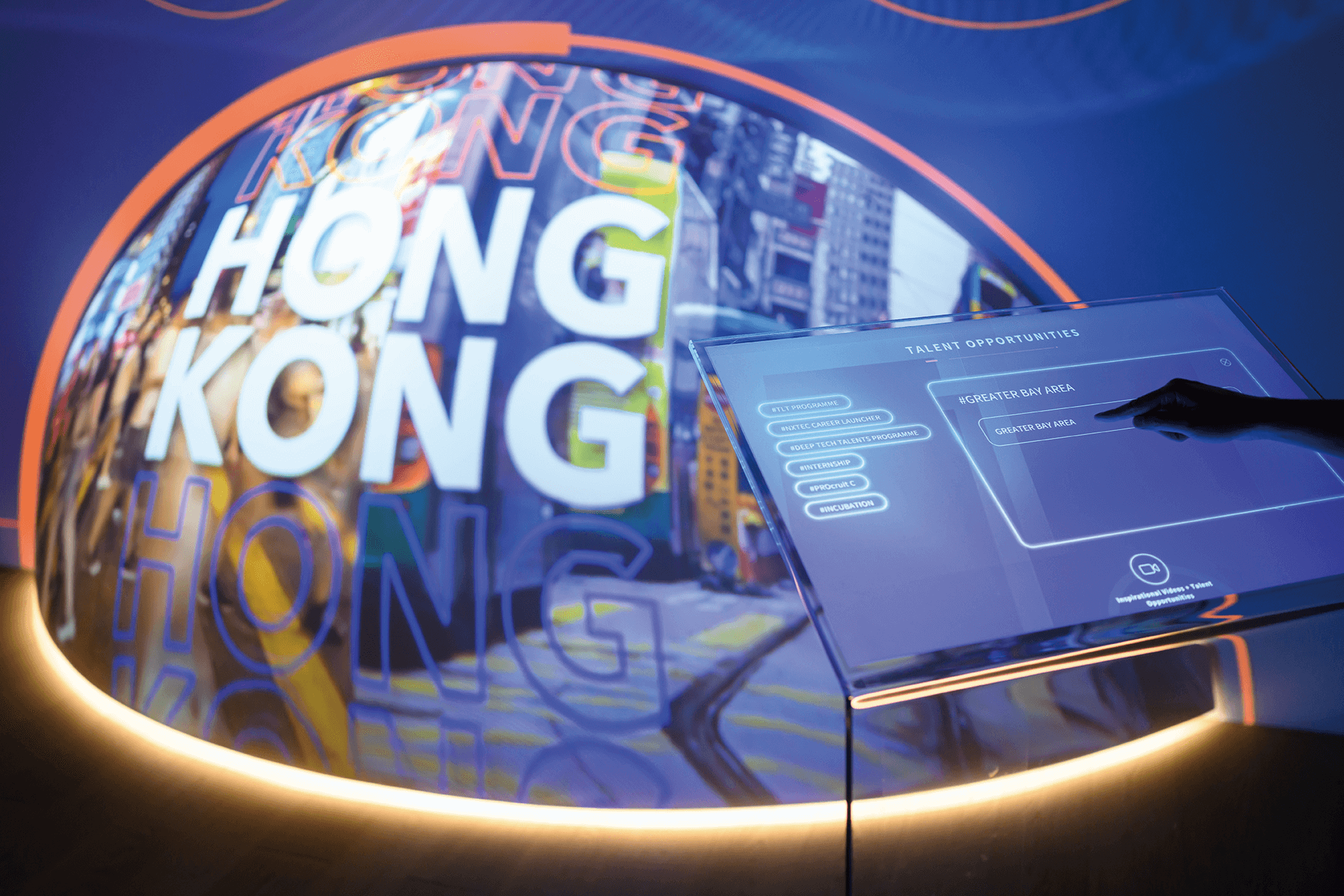
9 cities in Guangdong Province plus the 2 Special Administrative Regions of Hong Kong and Macao
Population: about 87 million
GDP: about US$2 trillion (2023)
Hong Kong can help companies capture the opportunities in the GBA:
Unique dual advantages under "one country, two systems".
An international gateway helping Mainland enterprises expand their reach to overseas markets and bringing in foreign investment.
Strong policy support for start-ups and talents.
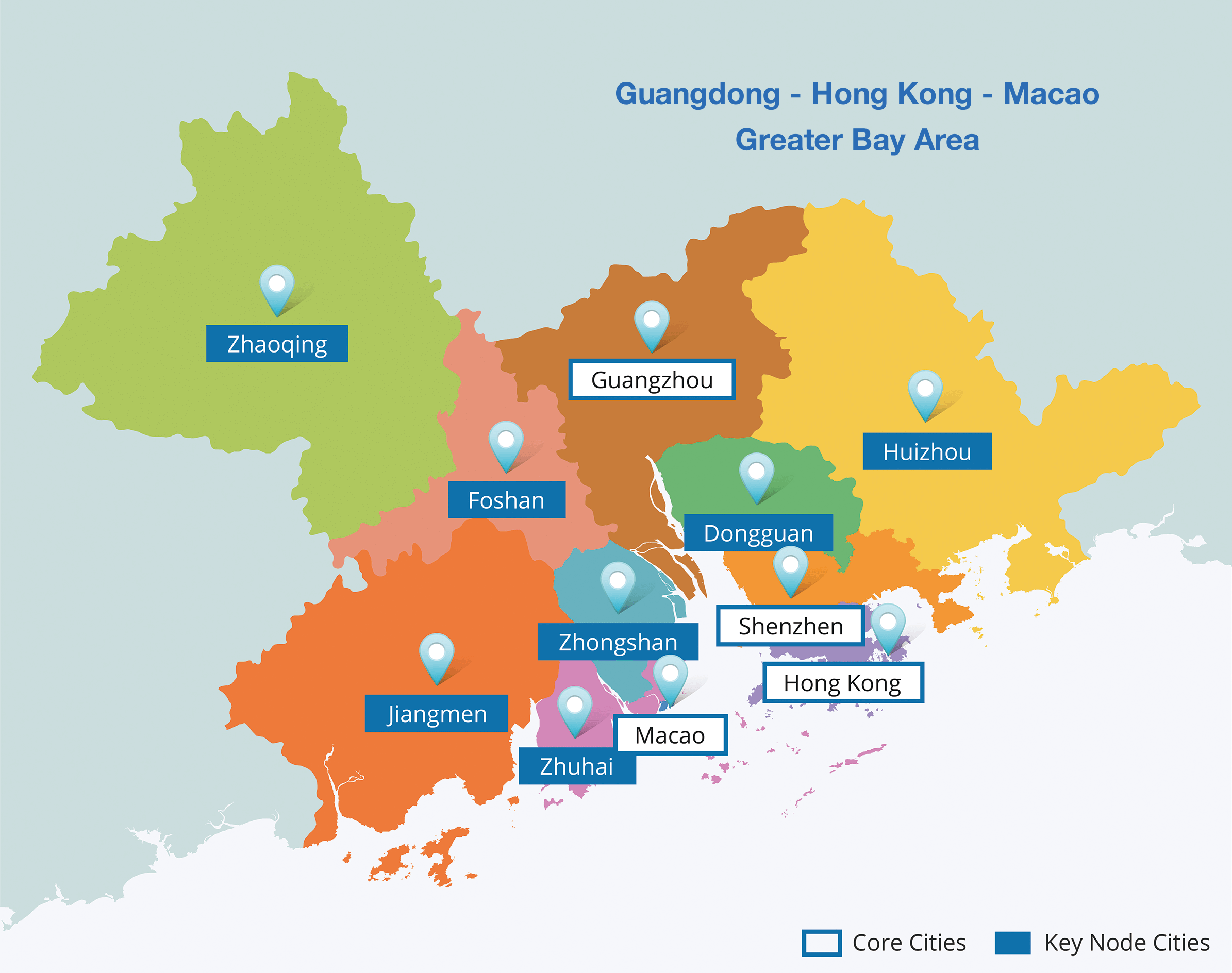
The National 14th Five-Year Plan sets out the blueprint and action agenda for national development from 2021 to 2025 and establishes a clear positioning and direction for Hong Kong's economic development, including support for Hong Kong to enhance, consolidate and develop its "centre" status in 8 traditional and emerging sectors:
Consolidate Hong Kong's competitive edge by enhancing 4 "traditional centres" – international finance, transportation, trade, and legal and dispute resolution services in the Asia-Pacific region.
Develop new advantages for Hong Kong by establishing 4 "emerging centres" – international aviation, international innovation and technology, regional intellectual property trading, and East-meets-West centre for international cultural exchange.
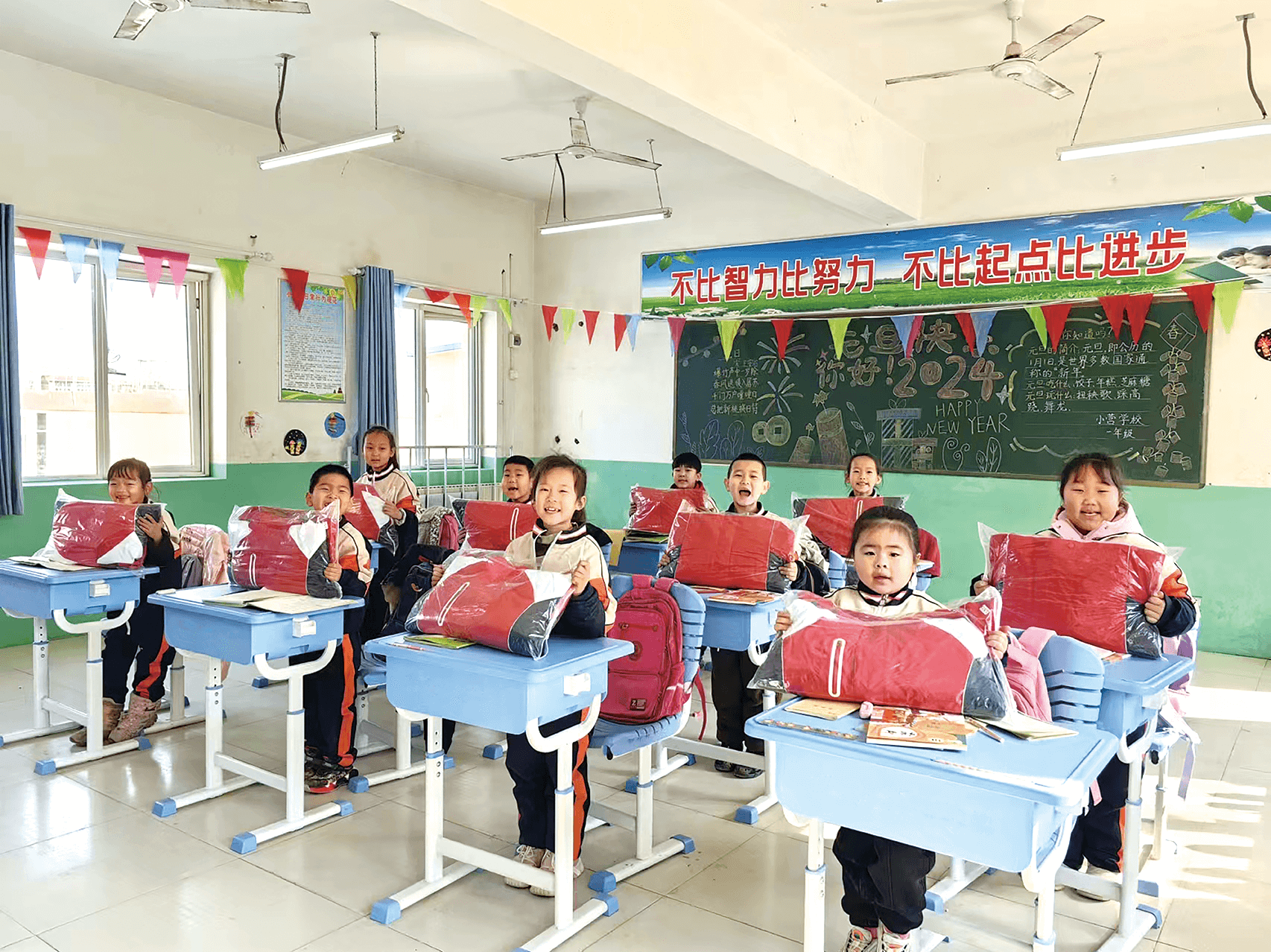
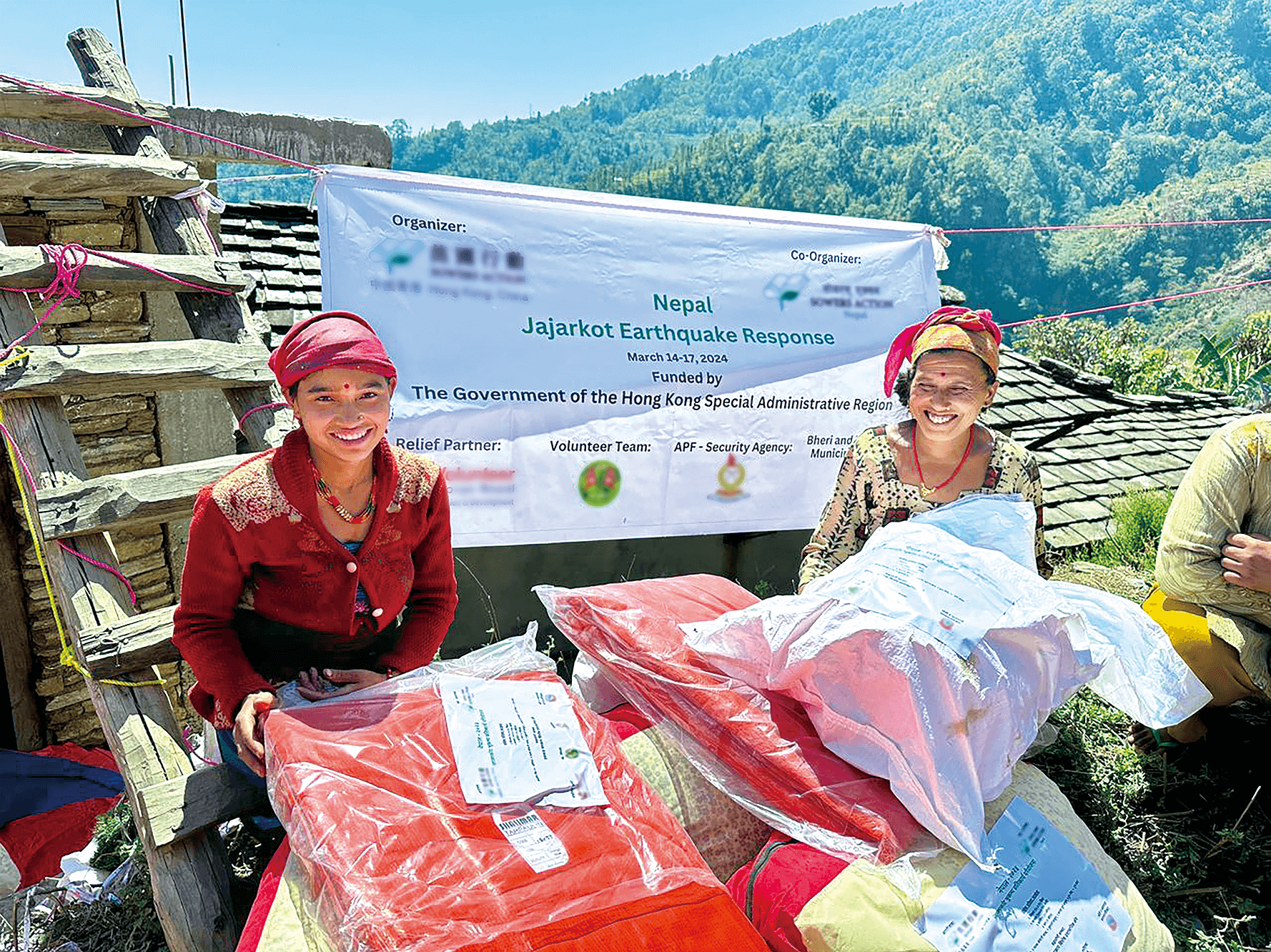
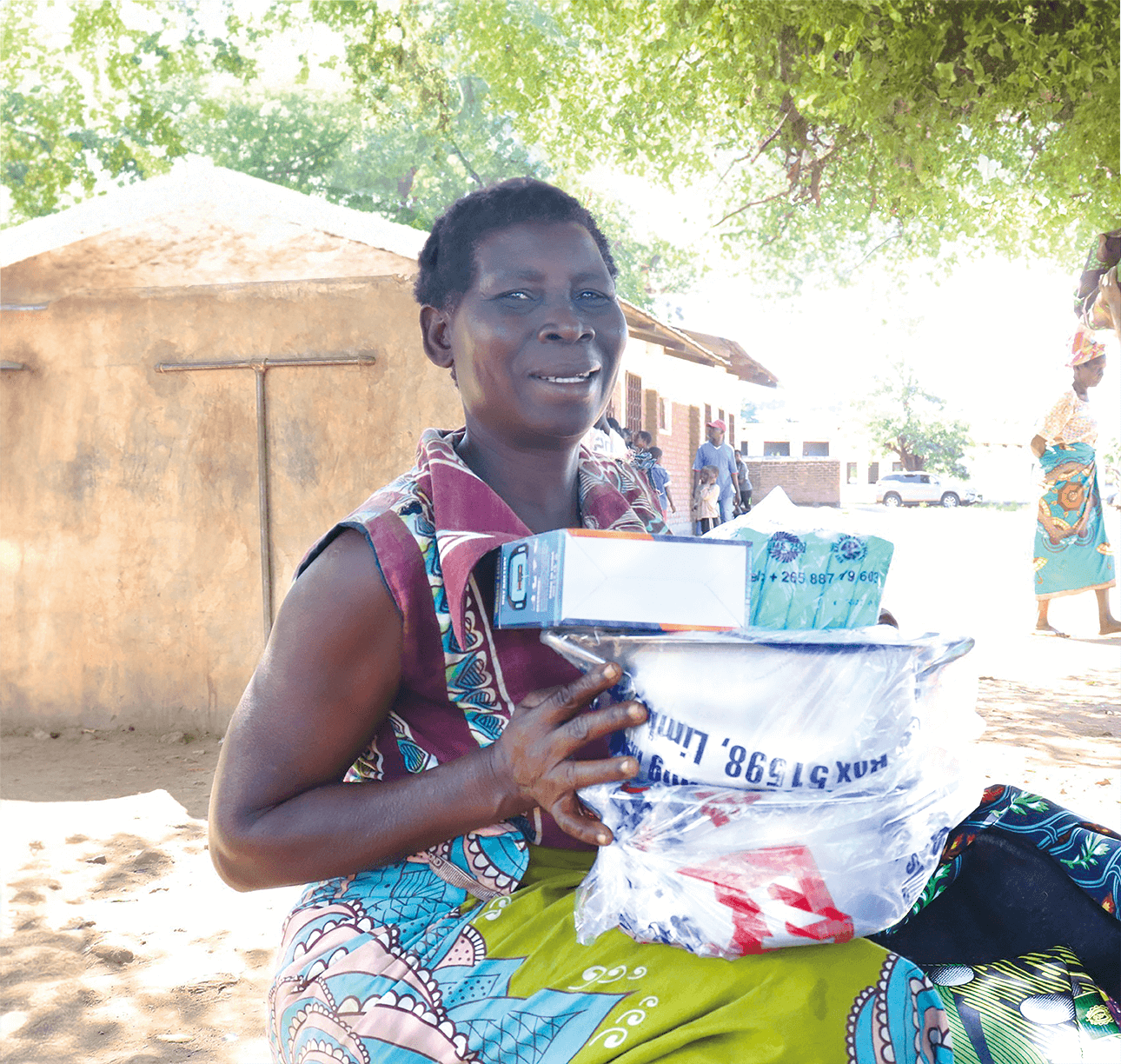
Caring for global citizens - Responding swiftly to international appeals for humanitarian aid in relief of disasters, the Hong Kong Disaster Relief Fund, since setting up in 1993, has made grants totalling of HK$2,453 million (US$313.3 million) for relief organisations and governments/authorities across various regions in Asia, Africa, Europe, Latin America and Oceania (as at September 2024). A fast-track mechanism has also been in place for funding projects that provide immediate food and water supplies to victims at the initial stage of a disaster.

